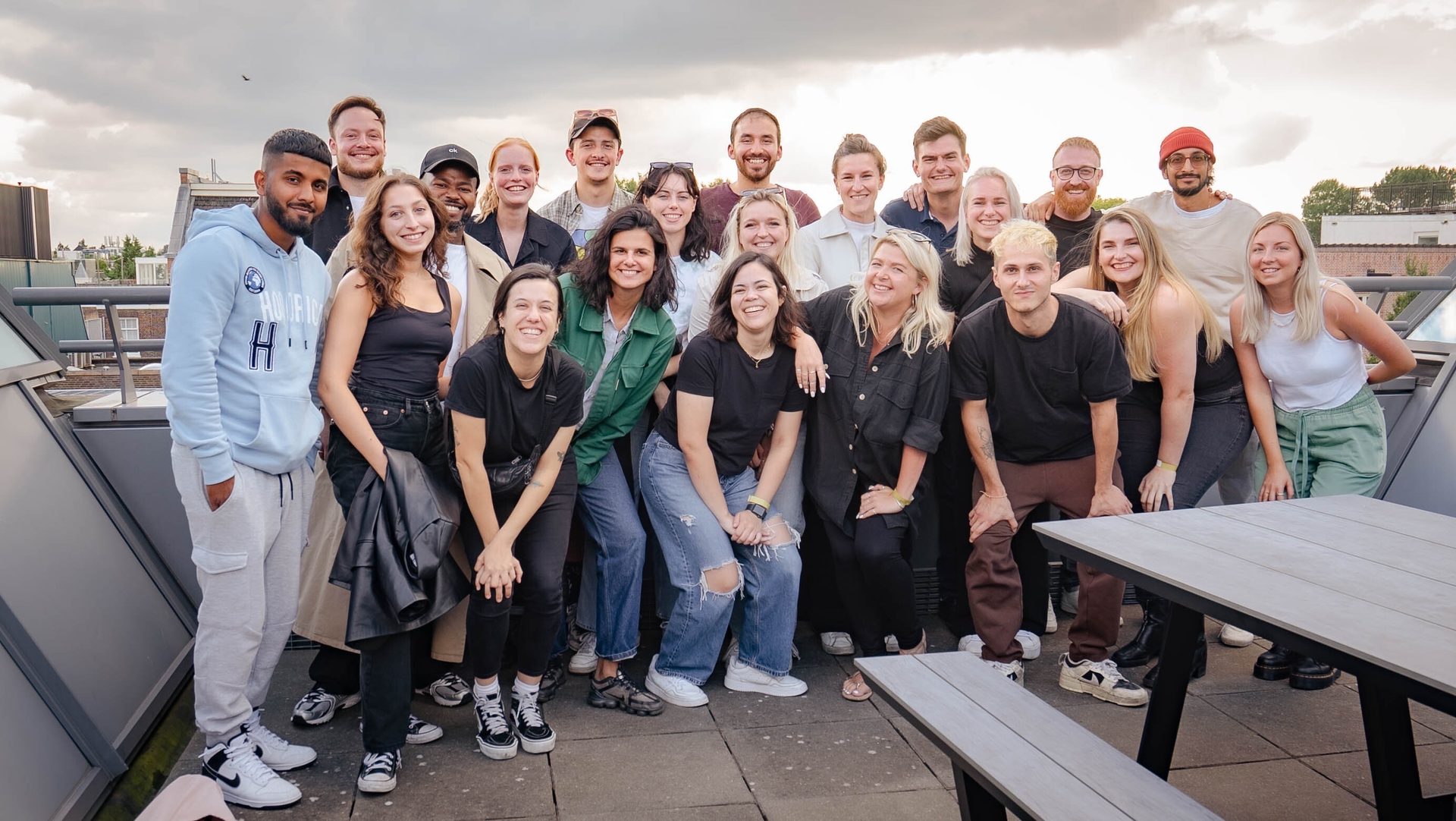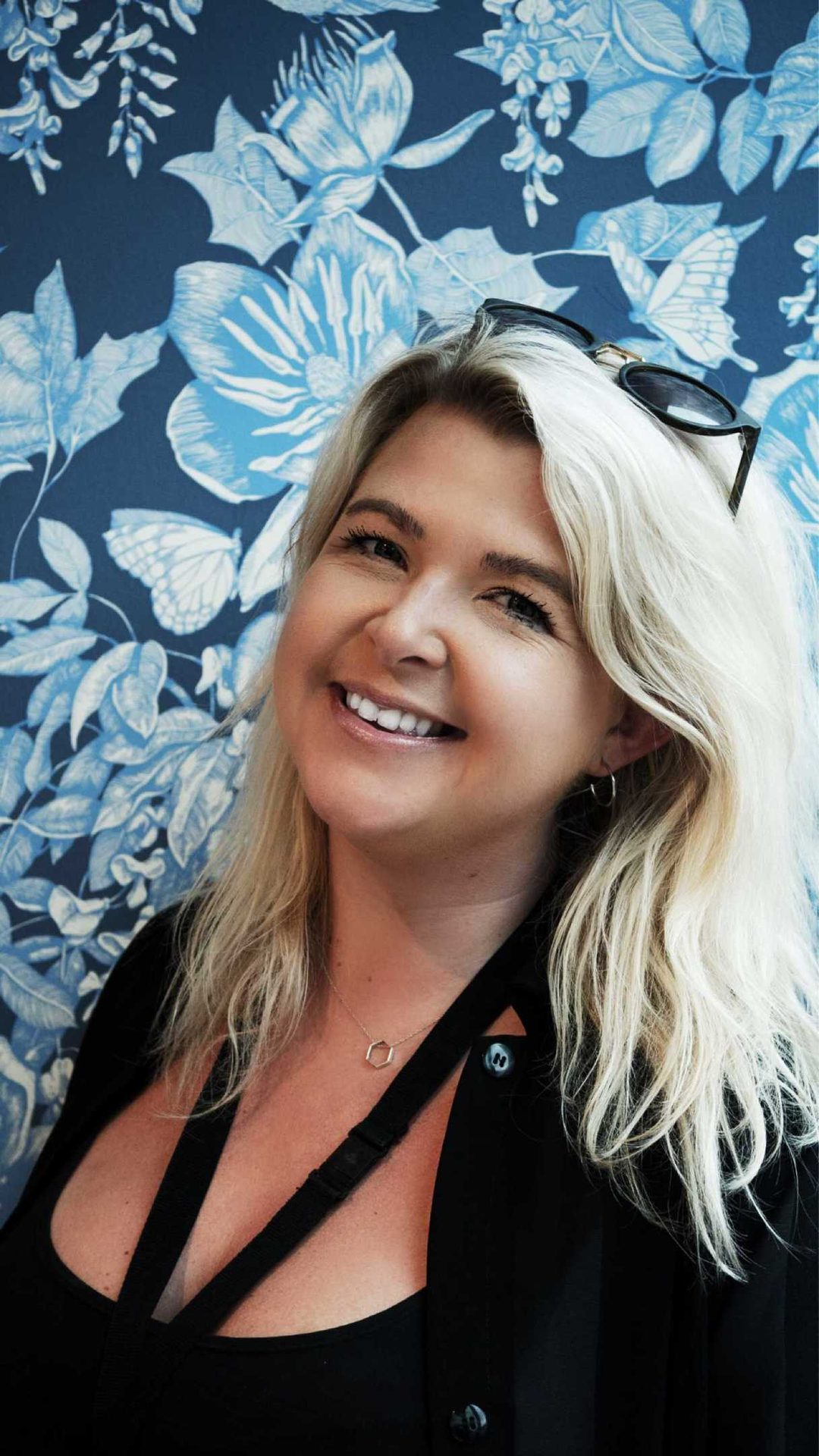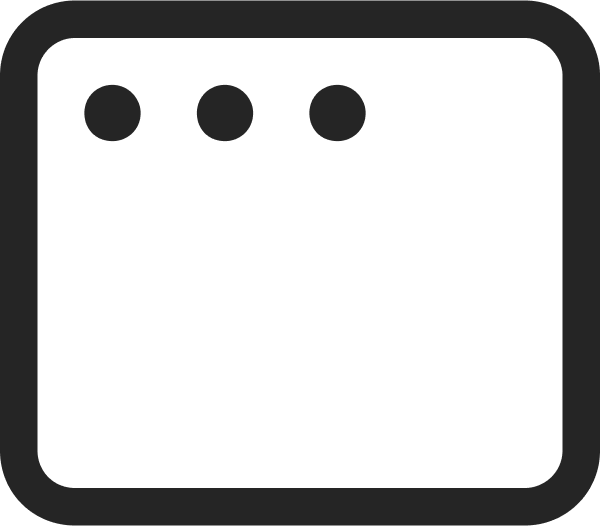
No-code tools are changing how professional teams produce for the web—dramatically cutting time to market and reducing production costs. But, what would happen if you built your entire business around them?
For many, the idea is still extremely new. What does a no-code agency look like, exactly? What kinds of skill sets and people would you need to sustain it? Can you really scale production and still offer premium, original content—and, when your business rests on no-code software, how do you know which tools to invest in?
We put these questions to Hannah Springett—founder and creative director of HLabs, and an official Vev Partner—whose no-code agency has turned over 450 projects in the last two-and-a-half years for publishers including Red Bull, Vogue, Wired, The Telegraph, The Economist, Timeout Magazine, and their clients Coca Cola, Gucci, Adobe, and HSBC.
WWF Canada: Briefed and delivered within a month.
Hannah, a few basics: What is a no-code agency? How does it work?
It simply means choosing to build projects for clients without the traditional development workflow. At HLabs, we’ve become experts in a set of carefully chosen no-code platforms that allow us to create and publish web content without having to write any code, or fiddle around with hosting, up-time, site maintenance, and the like.
At HLabs, for example, we specialize in interactive storytelling. Using no-code tools like Vev, we create and publish immersive, long-scrolling web editorial and awareness campaign landing pages, as well as microsites and modular content like quizzes. We can then connect that content with a client’s existing CMS or host it somewhere else—all without involving developers.
The whole model hinges on strong partnerships. Effectively, our agency brings no-code tools to a wider client market and gives them our seal of approval, and no-code software developers in return connect us with enterprise clients who need assistance with specific projects. The WWF, for example, was a referral through the Vev partnership program—they needed help with overflow work, and we stepped in to help as experts in the tool.
HLabs Client Revenue by Project Type, 2021-22
"Quick turnaround is our USP—with no-code, we have some time spans down to a couple of days, or even hours."
Otherway Home Page: Caption: Brand refresh, Vev creation, and hosting created in six days
What is it about no-code that appeals to you so much?
As a designer, the joy of no-code is about being able to own your project from start to finish. It’s not like the traditional agency set-up where you work on a design file and hand it over to a developer or agency who might not even work in the same country as you. Work no longer disappears for months, and you don’t have to play “spot the difference” when you finally get the coded version back.
I was always so frustrated at outsourcing that part of the creative process—too often when developers hit a problem, they change designs to fit what’s possible. No-code completely removes that compromise; it empowers the designer to keep creative ownership. If an animation isn’t quite right, or an image isn’t cropped correctly, you can easily make adjustments. You can create your design, and see it implemented and executed—and that’s really exciting.
Hannah Springett,
Founder and Creative Director

Other Way: Brand refresh, Vev creation, and hosting created in six days
How did you find no-code? What was your route in?
My first interaction with no-code was working as a graphic designer for an agency focused on print magazines and artwork. I was caught in the middle of that rush to digital, translating print assets into digital entities. My first no-code experience was with InDesign plug-ins—mag+ all the way back in 2011, which focused on translating editorial content into the digital world.
From there, I came into contact with more no-code tools—mainly working with publishers. It wasn’t so much the tech itself that drew me in, so much as the creative problem solving it enabled: I loved working closely with clients to understand their stories and turn them into rich, interactive digital experiences. Even back then, there were a lot of enterprise clients using no-code tools in that space, but many of them didn’t always have the time to invest in training their own staff in how to use them.

What made you go all in? What results have you seen?
There are so many angles that make “no-code” such a strong choice for our agency. From a production perspective, it’s all about scaling quality at speed. Our unique selling point is that we can turn around projects ridiculously quickly. Traditional web projects that would previously have taken months, can now be executed in a matter of weeks. Something a developer could do in a few weeks, we can now do with no-code in a few days.
I think that no-code's biggest superpower right now is in reducing timelines around repeatable campaign projects: things like advertorials, single landing pages, and context-specific stories that drive traffic to sign-up form or particular KPI. We can turn around new content based on a template in two to three days, and most of our projects have two-week turnaround.
Knowing just how much time a specific content type takes to produce is also amazing; it makes predictable fixed pricing really easy. That’s really useful for our publisher clients, as it means they don’t need a new quote from us every time they want to sell a landing page, for example. So, it’s much easier for them to drive quicker sales and sell more content in bulk—all of which is great news for us too.
What do you look for in your no-code toolset?
Above all, tech made by good people. Our business depends on making strong partnerships with quality no-code tools, so we need to like and trust the people building those tools.
As for the software itself, usability and creative freedom is huge—we always want to find the best process and efficiencies to make our work better. We give every new joiner a base level of training in all our no-code tools and let them choose the one they want to specialize in. Our internal training on Vev takes just two days, since the UI and systems feel very familiar to the Adobe suite and Figma. For other no-code platforms, it takes a little longer.
As immersive storytellers, we absolutely love “on scroll” animations, so innovation in that space is really interesting. That's another one of Vev's strengths: it's super easy to add impressive transitions and micro-interactions—things like horizontal scrolling and parallax—which in other no-code tools you still need code integration to create. The library of pre-coded components and the efficiency of building out breakpoints and both a huge sell.
Watch the full interview with Hannah Springett
Read the Full Case Study


Want More Inspo?
Get our monthly newsletter straight to your inbox.
You can always unsubscribe at any time.
Privacy Policy






















